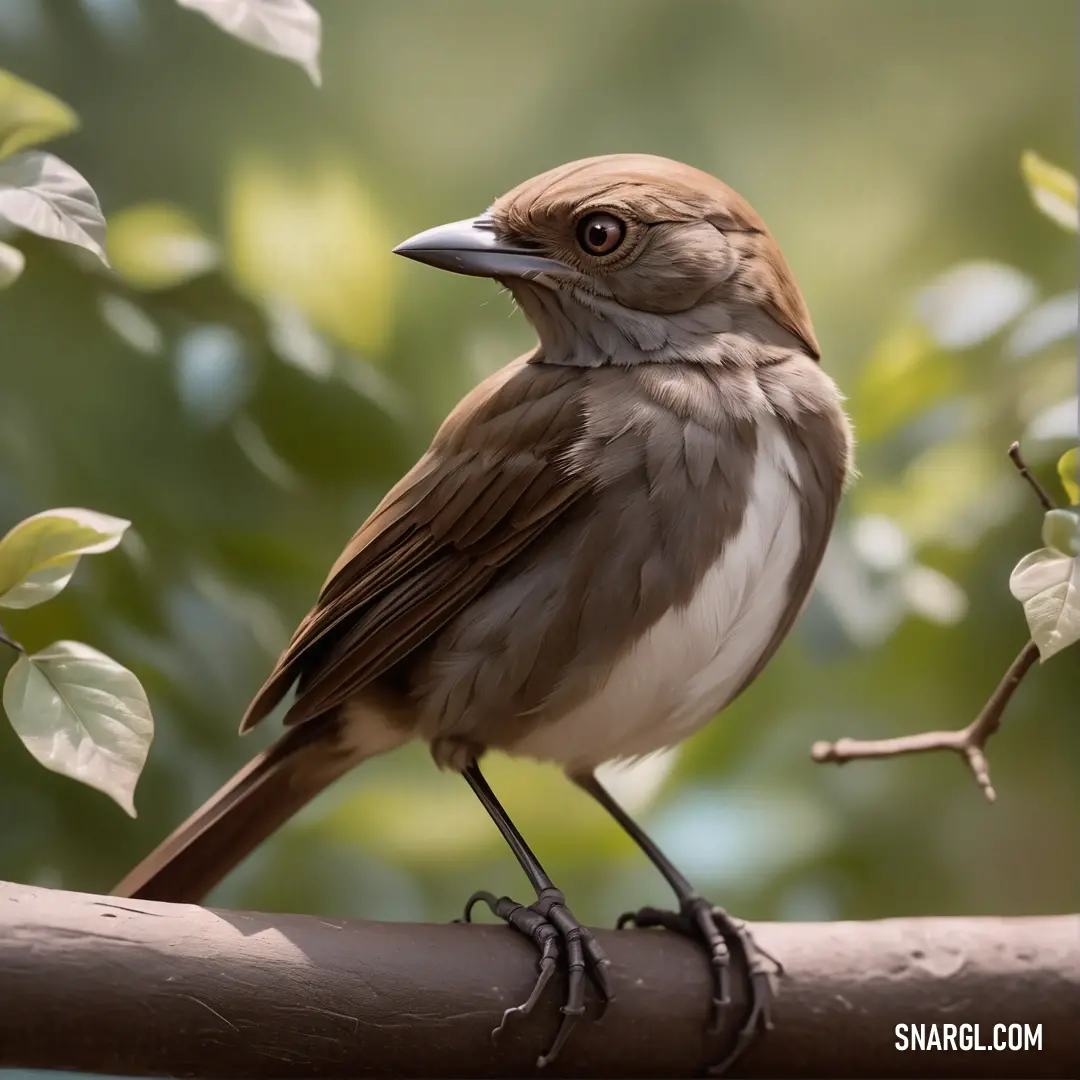The "Coal Nightingale": A Historical Sentinel of the Mines
The term "coal nightingale" is a poignant, informal name given to canaries (Serinus canaria domestica) that were historically employed in coal mines. Their primary function was to act as an early warning system for the presence of dangerous gases, most notably carbon monoxide (CO) and methane (CH₄).
Physiological Basis for Use:

- Canaries possess a higher metabolic rate and a more sensitive respiratory system compared to humans.
- This heightened sensitivity means they would succumb to the effects of toxic gases, such as carbon monoxide, much faster than miners.
- Miners would observe the birds for any signs of distress: if a canary stopped singing, became agitated, or fell from its perch, it served as an immediate visual and auditory alarm that gas levels were dangerously high, prompting evacuation.
Historical Context and Implementation:
The practice of using canaries in mines was notably championed by the physiologist John Scott Haldane around the turn of the 20th century. Before their introduction, miners had rudimentary methods for gas detection, which were often unreliable and dangerous. The canaries provided a simple, living biosensor.
These birds were typically carried into the mine workings in small, specially designed cages. Their well-being was a direct indicator of air quality. This method was widespread in coal-producing nations for many decades.
Decline and Replacement:
The use of "coal nightingales" began to decline in the latter half of the 20th century with the advent of more precise and reliable electronic gas detectors. These modern devices could provide quantitative measurements of gas concentrations and were not susceptible to the inherent variabilities of a living creature.
By the 1980s, most countries had phased out the use of canaries in mines. For instance, their official use in British coal mines ceased in 1986. Despite their replacement by technology, the "coal nightingale" remains a powerful symbol of early industrial safety measures and the historical risks faced by miners.











